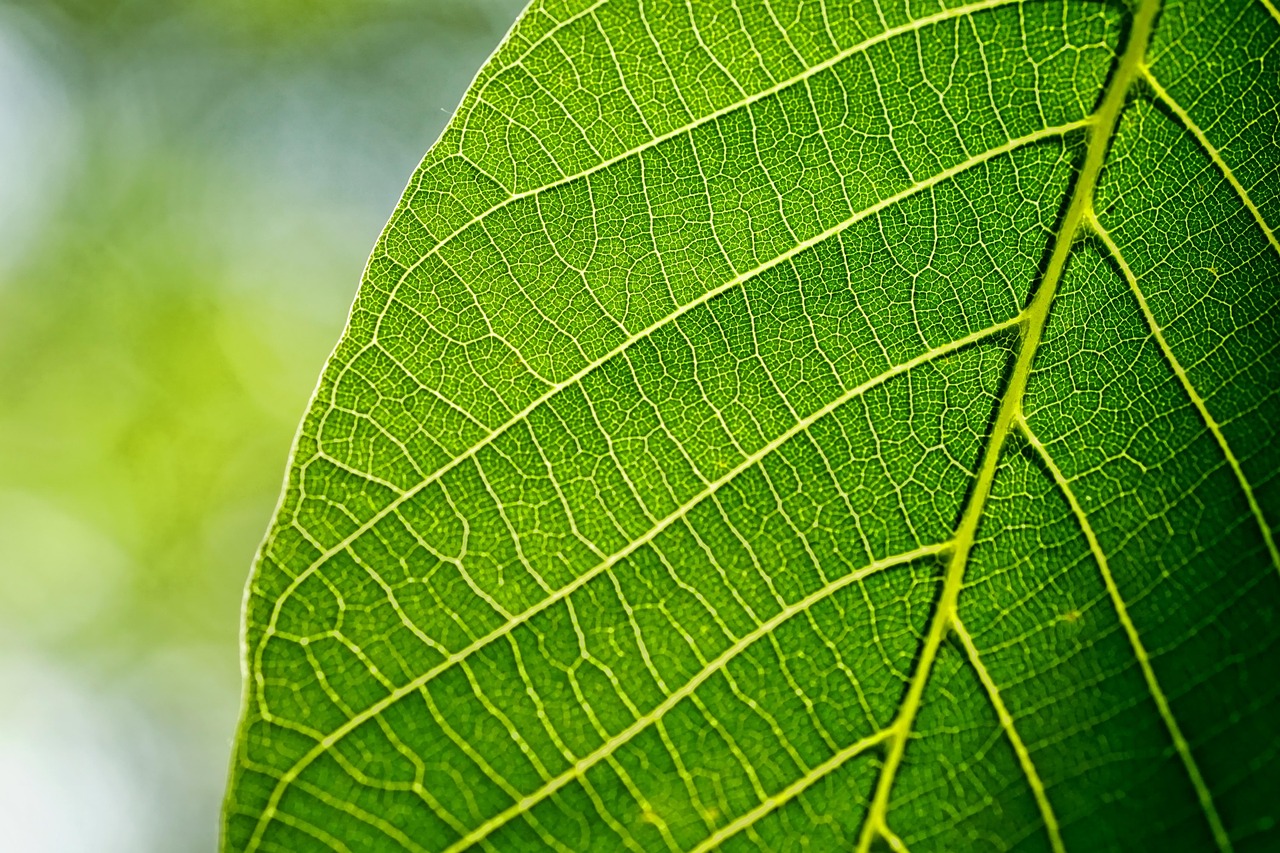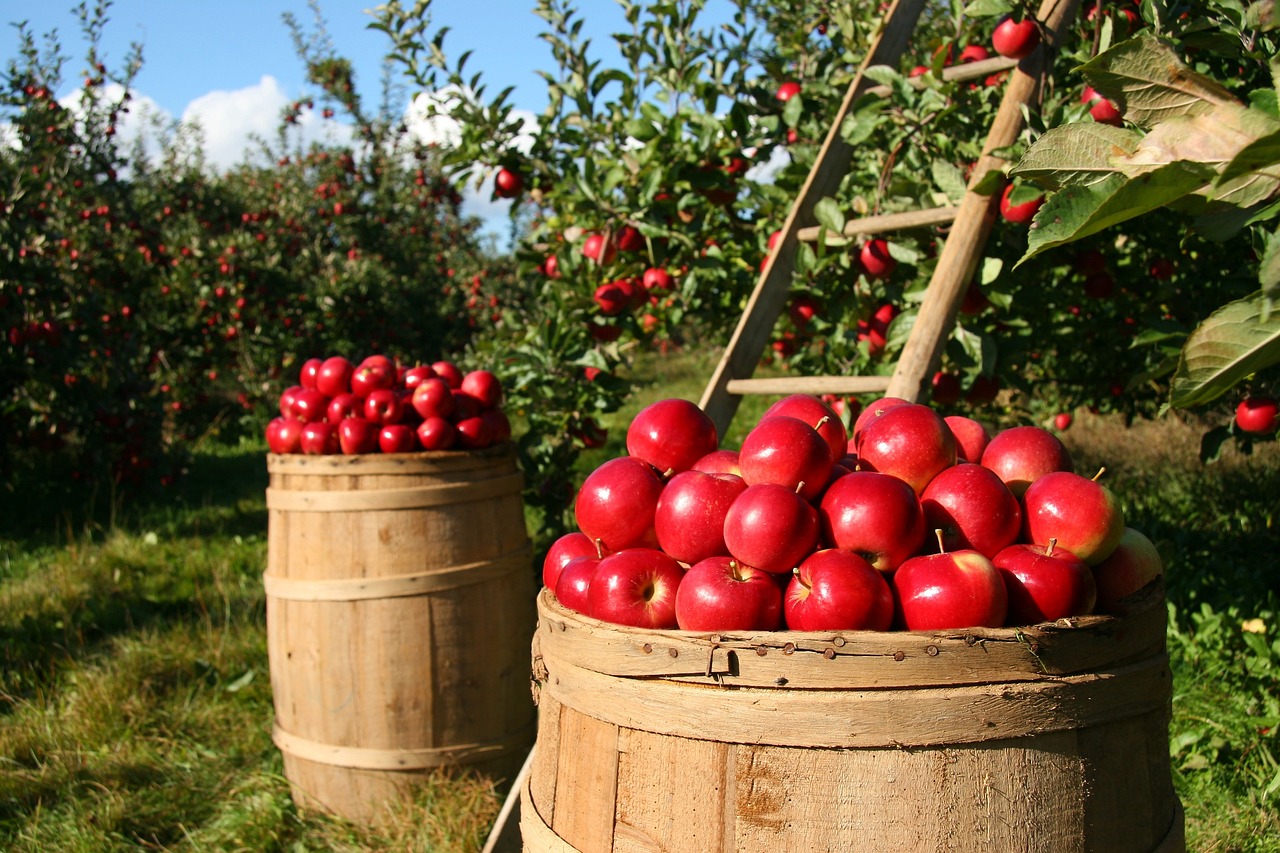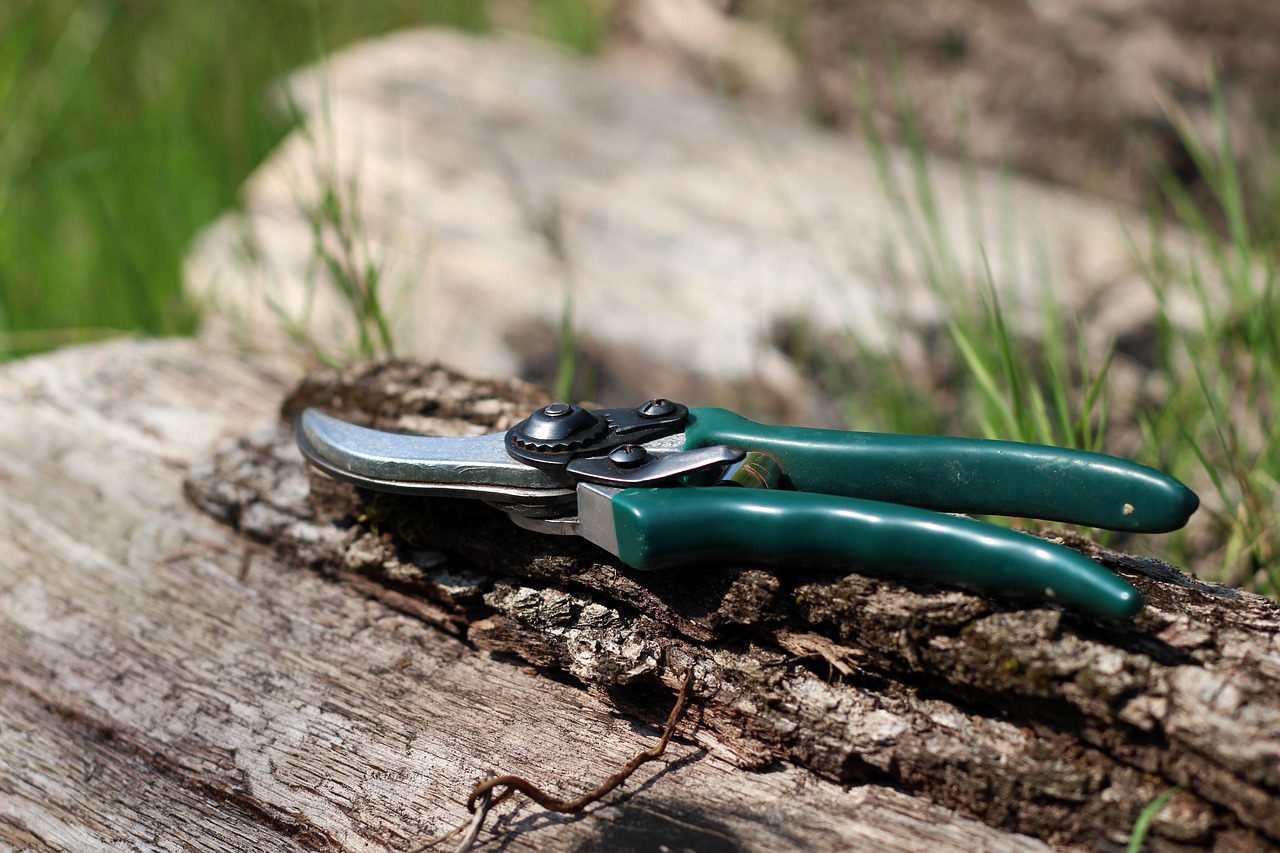Walnut orchard pruning is essential for producing export quality nuts. Proper pruning promotes healthy tree growth, enhances nut quality, and improves overall yield. It involves removing dead or diseased branches and shaping the tree to maximize sunlight exposure and air circulation.
Walnuts are a popular nut globally, valued not only for their taste but also for their nutritional benefits. The demand for high-quality walnuts continues to rise, especially in international markets. As a result, growers are increasingly focused on practices that ensure their nuts meet export standards. Among these practices, pruning stands out as a crucial factor influencing both the quantity and quality of walnut production.

Effective pruning can prevent diseases and pests, allowing trees to thrive. Additionally, it helps in managing the tree’s size and shape, which can enhance nut quality. Export quality nuts are typically larger, have better flavor, and exhibit ideal shell integrity. This section will delve into the significance of walnut orchard pruning and outline key techniques that growers can adopt.
Importance of Pruning in Walnut Orchards
Pruning in walnut orchards serves multiple purposes. It is not merely about cutting branches; it is a strategic practice that influences the health and productivity of walnut trees. Below are some of the primary reasons why pruning is vital:
- Improved Air Circulation: Pruning allows better air movement through the canopy, reducing humidity and the risk of fungal diseases.
- Enhanced Sunlight Penetration: Thinning out branches enables sunlight to reach more parts of the tree, promoting photosynthesis.
- Better Fruit Quality: Well-pruned trees tend to produce larger, healthier nuts with better flavor profiles.
- Disease Control: Removing diseased or damaged branches can help prevent the spread of pathogens.
- Increased Yield: Pruning can lead to higher yields as it encourages the growth of fruitful wood.
Understanding the specific needs of walnut trees is essential for successful pruning. Different varieties of walnuts may require unique approaches. Additionally, local climate conditions can influence the optimal timing and techniques for pruning.

When to Prune Walnut Trees
The timing of pruning is critical for achieving the best results. Generally, walnut trees are pruned during their dormant season, which occurs in late winter to early spring before new growth begins. This timing minimizes stress on the trees and reduces the risk of disease transmission.
However, there are specific considerations that growers should keep in mind:
- Late Winter to Early Spring: This is the most common time for pruning as it allows for vigorous growth in the upcoming growing season.
- Avoid Pruning During Wet Conditions: Wet weather can increase the risk of disease; therefore, pruning should be avoided when it’s moist.
- Monitor Tree Health: If a tree shows signs of disease or damage at other times of the year, targeted pruning may be necessary regardless of the season.
Essential Pruning Techniques
There are several techniques that walnut growers can employ to achieve optimal results. Each technique focuses on different aspects of tree structure and health. Below are some essential pruning methods tailored for walnut orchards:

- Thinning: This technique involves removing entire branches to reduce density in the canopy. It improves light penetration and air circulation.
- Heading Back: This method entails cutting back a branch to a bud or smaller branch. It encourages new growth and can help control tree height.
- Crown Reduction: Reducing the size of the tree’s crown can help maintain an optimal shape and size for easier harvesting.
- Sucker Removal: Suckers are vigorous shoots that grow from the base or lower branches. Removing them helps direct energy to productive parts of the tree.
Each technique has its specific applications depending on the age of the tree and its overall health. Additionally, understanding the growth patterns of walnut trees can further inform when and how to implement these techniques effectively.
The Role of Tools in Pruning
Using the right tools is essential for effective pruning. Proper equipment ensures clean cuts that minimize damage to the tree. Here are some commonly used tools in walnut orchard pruning:
| Tool | Description | Purpose |
|---|---|---|
| Hand Pruners | Small tools ideal for cutting smaller branches. | Used for precision cuts on young trees and small branches. |
| Loppers | A larger tool with long handles for cutting thicker branches. | Useful for reaching higher branches without climbing. |
| Saws | Used for cutting larger limbs where hand pruners or loppers are insufficient. | Helps in removing larger branches safely. |
| Pruning Shears | A specialized tool for making clean cuts on small branches and stems. | Ensures minimal damage during cuts. |
The right tools not only make the job easier but also contribute to healthier trees. Using sharp and clean tools helps prevent infections and promotes quicker healing after cuts.

In summary, walnut orchard pruning is a multifaceted process that significantly contributes to producing export quality nuts. By understanding when to prune, employing effective techniques, and utilizing proper tools, growers can enhance both the health of their trees and the quality of their nuts.
Understanding Walnut Tree Growth Stages
To effectively prune walnut trees, it is essential to understand their growth stages. Each stage has unique characteristics and requirements that influence how and when pruning should occur. Walnut trees typically go through several key growth stages:
- Juvenile Stage: This stage lasts until the tree is about three years old. During this time, focus on establishing a strong structure.
- Mature Stage: From four to ten years, trees enter a productive phase where they begin producing nuts. Pruning during this period promotes healthy growth and nut development.
- Senior Stage: After ten years, walnut trees are fully mature. At this point, maintenance pruning becomes crucial to sustain productivity and health.
Understanding these stages helps growers tailor their pruning strategies for optimal results. For example, juvenile trees require less aggressive pruning compared to mature trees that may need more specific interventions to enhance nut yield and quality.
Pruning Strategies for Different Growth Stages
Each growth stage of walnut trees requires a specific approach to pruning. Below are recommended strategies for effective pruning at various stages:
Juvenile Stage Pruning
During the juvenile stage, the primary goal is to shape the tree and encourage a strong framework. Here are some techniques:
- Establish Central Leader: Select a strong central leader and remove competing leaders to promote upward growth.
- Thin Out Lateral Branches: Remove weak or crossing branches to improve structure and prevent future issues.
- Avoid Heavy Pruning: Focus on light pruning to allow the tree to establish itself without stress.
Mature Stage Pruning
In the mature stage, pruning becomes more focused on enhancing nut production. Key strategies include:
- Remove Dead or Diseased Wood: Regularly inspect trees and remove any dead or diseased branches to prevent disease spread.
- Manage Tree Height: If trees are too tall, consider heading back taller branches to facilitate easier harvesting.
- Encourage New Growth: Thinning cuts can stimulate new growth, which is often more fruitful.
Senior Stage Pruning
When walnut trees reach their senior stage, maintenance becomes critical. Focus on preserving tree health and productivity through the following methods:
- Focus on Airflow: Ensure the canopy is open by removing overcrowded branches, which helps reduce disease risk.
- Regularly Assess Tree Health: Monitor for signs of decline and address any issues promptly through targeted pruning.
- Retain Fruitful Wood: Identify and retain branches that consistently produce high-quality nuts while removing less productive ones.
Common Mistakes in Walnut Pruning
While pruning is beneficial, certain common mistakes can undermine efforts for producing export-quality nuts. Awareness of these pitfalls can help growers avoid them:
- Over-Pruning: Removing too much foliage can stress the tree and reduce nut production.
- Poor Timing: Pruning at the wrong time can lead to sap loss or increased vulnerability to diseases.
- Lack of Attention to Tree Structure: Failing to consider the natural shape of the tree can lead to imbalanced growth.
- Ineffective Tools: Using dull or inappropriate tools can cause damage and create entry points for diseases.
By recognizing these mistakes and approaching pruning with care, growers can ensure healthier walnut trees that produce high-quality nuts for export markets.
The Impact of Environmental Factors on Pruning
The environment plays a significant role in how walnut trees respond to pruning. Factors such as climate, soil quality, and local pests can influence the effectiveness of pruning efforts. Here are some environmental considerations:
- Climate: In warmer climates, trees may grow faster and require more frequent pruning than in cooler regions.
- Soil Quality: Healthy soil promotes strong tree growth; understanding soil conditions can inform pruning needs.
- Pest Pressure: High pest activity may necessitate more aggressive pruning to maintain tree health and productivity.
Growers should regularly assess these environmental factors and adjust their pruning strategies accordingly. Local agricultural extension services can provide valuable insights tailored to specific regions.
The Role of Training Systems in Walnut Orchards
The training system used in a walnut orchard significantly impacts the outcome of pruning efforts. A well-designed training system can enhance tree structure and improve nut quality. The following are common training systems employed in walnut orchards:
- Candelabra System: This involves creating multiple leaders that resemble a candelabra, promoting an open canopy for light penetration.
- Semi-Standard System: This system maintains a single trunk with well-spaced branches to enhance airflow while maximizing sunlight exposure.
- Dwarfing Rootstocks: Some growers utilize dwarfing rootstocks which can lead to smaller trees that are easier to manage and prune effectively.
Selecting an appropriate training system based on growth conditions and desired outcomes can improve both the efficiency of pruning and the overall health of the walnut orchard.
By integrating knowledge of growth stages, effective strategies, environmental factors, and training systems into their practices, walnut growers can optimize their orchard management for export quality nut production.
Pest and Disease Management During Pruning
Effective pest and disease management is critical for maintaining the health of walnut trees, particularly during pruning. Pruning can inadvertently expose trees to diseases and pests if not done properly. Here are some strategies to mitigate these risks:
Identifying Common Pests and Diseases
Before pruning, it is important to be aware of the common pests and diseases that can affect walnut trees. Some of the most prevalent include:
- Walnut Canker: This fungal disease can cause dieback in branches and stems, leading to reduced productivity.
- Walnut Husk Fly: The larvae of this fly can damage developing nuts, impacting quality and yield.
- Powdery Mildew: This fungal disease manifests as a white powdery substance on leaves and can weaken trees over time.
- Root Rot: Caused by various fungi, root rot can severely affect tree health if not addressed early.
Best Practices for Pest and Disease Control
Implementing best practices during pruning can help control pests and diseases effectively. Consider the following methods:
- Regular Inspections: Conduct thorough inspections of trees before and after pruning to identify any signs of pests or diseases.
- Sanitize Tools: Always clean and disinfect pruning tools before use to prevent spreading pathogens between trees.
- Remove Infected Material: After identifying diseased branches, remove them promptly and dispose of them away from the orchard.
- Apply Treatments: Use appropriate fungicides or insecticides as needed, following local guidelines and recommendations.
The Role of Soil Health in Pruning Success
The health of the soil in which walnut trees grow significantly affects their overall vigor and response to pruning. Healthy soil supports robust root systems that improve tree resilience against pests and diseases. Here are ways to enhance soil health:
Soil Testing
Conducting regular soil tests helps determine nutrient levels and pH balance. Knowledge gained from testing can guide amendments needed for optimal tree growth. Key elements to monitor include:
- Nitrogen: Essential for leafy growth; deficient levels can lead to weak tree structure.
- Phosphorus: Important for root development and flowering; low levels can hinder nut production.
- Potassium: Aids in water regulation and overall tree health; helps trees withstand stress.
Improving Soil Quality
To enhance soil quality, consider implementing the following practices:
- Add Organic Matter: Incorporate compost or well-rotted manure to improve soil structure and nutrient content.
- Avoid Compaction: Minimize traffic around the root zone to prevent soil compaction, which can restrict root growth.
- Practice Crop Rotation: Rotate crops between walnut harvests to maintain soil fertility and reduce pest populations.
Water Management in Walnut Orchards
Water management is another essential factor that influences walnut tree health and productivity. Proper watering practices support trees during crucial growth stages, especially following pruning.
Understanding Water Needs
Walnut trees require adequate water to thrive, particularly during the growing season. However, over-watering can lead to root rot and other issues. Key considerations include:
- Soil Moisture Monitoring: Regularly check soil moisture levels to ensure trees receive adequate water without becoming waterlogged.
- Irrigation Methods: Employ drip irrigation or soaker hoses to deliver water directly to the root zone while conserving resources.
- Adjusting Watering Schedule: Modify watering frequency based on rainfall amounts and seasonal changes to maintain optimal soil moisture levels.
The Importance of Post-Pruning Care
The period following pruning is critical for walnut trees as they recover from cuts and begin new growth. Proper post-pruning care can enhance recovery and promote healthy development.
Nutrient Application
Applying nutrients after pruning can help replenish what may have been lost during the process. Consider these practices:
- Fertilization: Use a balanced fertilizer to provide essential nutrients that support new growth.
- Foliar Sprays: Foliar applications of micronutrients can help support trees as they recover from pruning stress.
Disease Prevention Measures
After pruning, trees may be vulnerable to infections. Employing preventative measures is essential:
- Avoid Overwatering: Ensure that watering practices do not create overly moist conditions that favor fungal growth.
- Monitor for Pests: Regularly check for signs of pests or diseases that may arise after pruning activities.
By paying attention to these factors, growers can foster stronger, healthier walnut trees that yield high-quality nuts suitable for export markets.
Additional Considerations for Successful Walnut Orchard Management
In addition to pruning techniques and post-pruning care, several other factors contribute to the success of walnut orchards aimed at producing export-quality nuts. These considerations ensure that trees remain healthy and productive throughout their lifecycle.
Harvest Timing and Techniques
Harvesting walnuts at the right time is crucial for maintaining quality. Proper timing can affect both the flavor and marketability of the nuts. Here are some key aspects to consider:
- Optimal Harvest Time: Walnuts should be harvested when the husks begin to split and the shells are firm. This typically occurs in late summer to early fall, depending on the variety and climate.
- Harvest Techniques: Use mechanical harvesters or hand tools carefully to avoid damage to the nuts and trees. Ensure that nuts are collected promptly to prevent deterioration.
- Post-Harvest Handling: Store harvested nuts in a cool, dry place to maintain quality. Proper drying techniques are essential to prevent mold growth.
Monitoring for Environmental Stressors
Environmental factors such as drought, flooding, and extreme temperatures can impact walnut tree health and productivity. Regular monitoring for these stressors can help growers take proactive measures:
- Drought Management: Implement irrigation strategies during dry spells to ensure trees receive sufficient moisture without over-saturation.
- Frost Protection: Utilize frost protection methods such as wind machines or row covers during sudden temperature drops in spring.
- Pest and Disease Surveillance: Continuous monitoring for signs of pests and diseases can help mitigate risks before they escalate into serious issues.
Integrated Pest Management (IPM)
Implementing an Integrated Pest Management approach can enhance the overall health of walnut orchards. IPM combines cultural, mechanical, biological, and chemical methods to manage pests effectively:
- Cultural Practices: Employ crop rotation, maintain soil health, and use resistant varieties to reduce pest populations.
- Biological Control: Introduce beneficial insects that prey on walnut pests, minimizing the need for chemical interventions.
- Chemical Applications: Use pesticides judiciously and as a last resort, ensuring they are compatible with beneficial organisms in the orchard.
Final Thoughts
Walnut orchard pruning is a vital practice that significantly impacts the quality and yield of nuts destined for export markets. By understanding the intricate relationship between pruning, soil health, pest management, and environmental factors, growers can create a sustainable system that promotes healthy trees and high-quality nuts. Proper training systems, timely harvesting, and vigilant monitoring are all essential components of successful walnut cultivation.
As the demand for high-quality walnuts continues to grow globally, it is imperative for growers to adopt best practices that not only enhance productivity but also ensure long-term sustainability. Investing time in learning about tree biology, maintaining soil health, and employing integrated management strategies will ultimately lead to thriving walnut orchards that meet market requirements.
In conclusion, effective walnut orchard management requires a holistic approach that encompasses pruning techniques, post-pruning care, pest and disease management, and environmental considerations. By prioritizing these elements, walnut growers can achieve their goal of producing export-quality nuts while maintaining the health of their orchards for future generations.
